Hemp Biology
A Basic Introduction
There are many different varieties of cannabis plants. Hemp, also called “industrial hemp”, is a variety of Cannabis sativa and is of the same plant species as marijuana. Hemp, however, is a different variety and is genetically different. It is distinguished by its use and chemical makeup as well as by differing cultivation practices.
Hemp refers to Cannabis sativa varieties primarily grown as agricultural crops for the edible seeds or industrial fiber and characterized by a very low content of THC (delta-9 tetrahydrocannabinol, marijuana’s primary psychoactive chemical). Commercial strains of hemp are tested for their THC content and producing countries such as Canada and the European Union have set legal limits of 0.3% or less.
Cannabis varieties referred to as marijuana produce a very high THC content that average about 10%, but some varieties can reach levels of 20% and higher. The THC content is primarily concentrated in the flowering tops and to a lesser extent in the leaves.
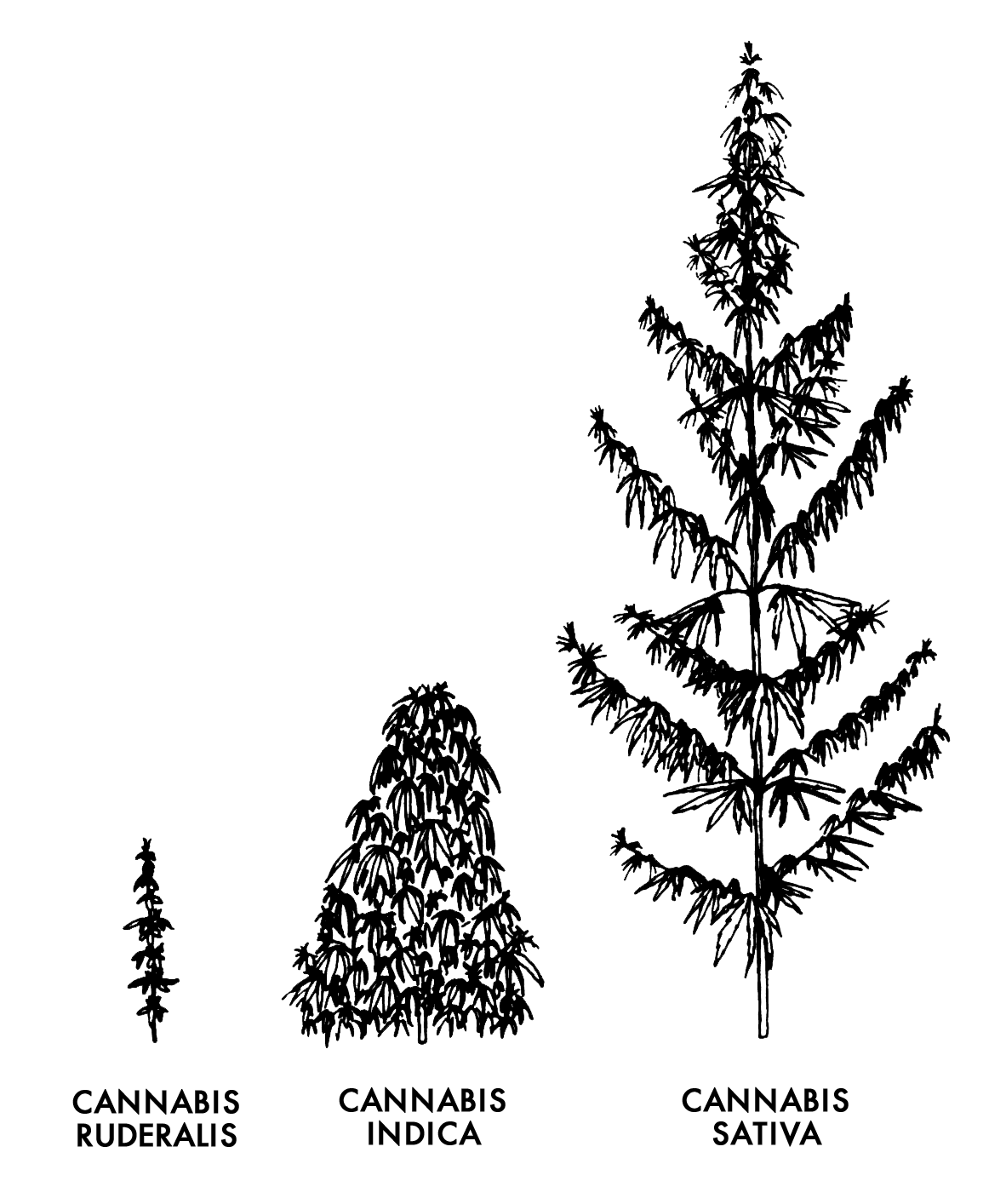
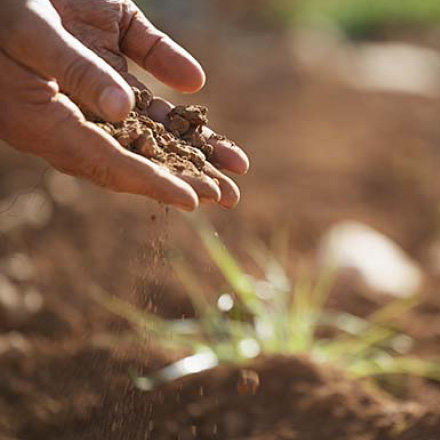
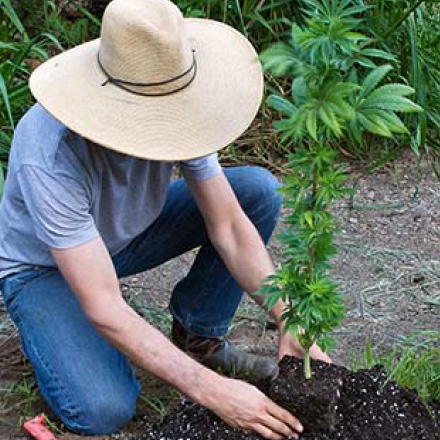
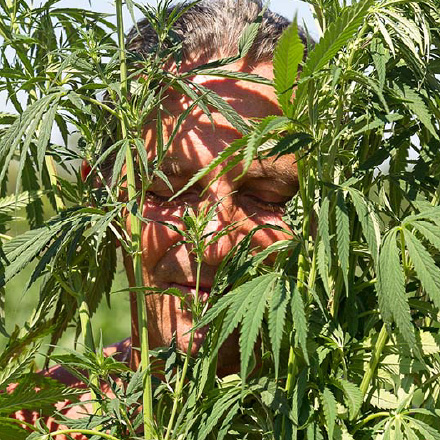
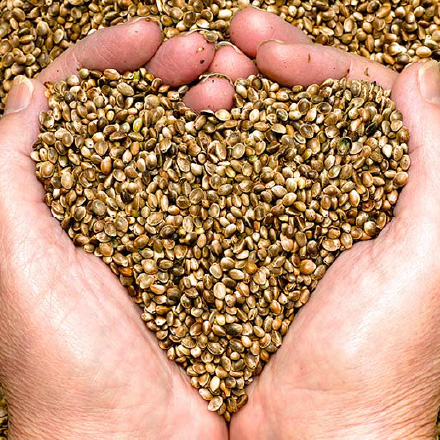
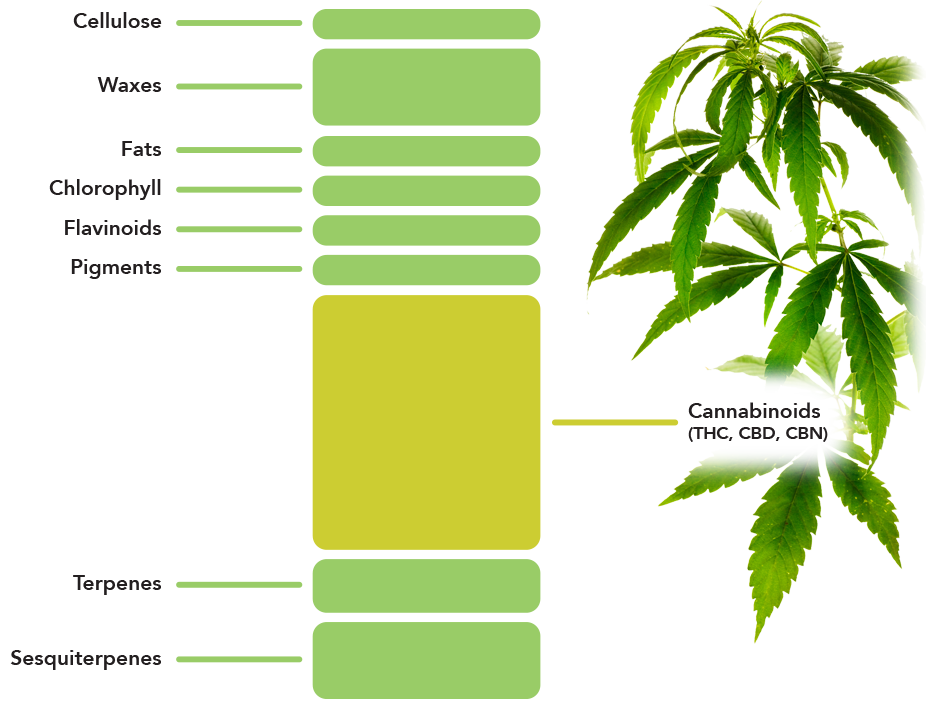
Natural Compounds
There are 483 known compounds produced by the Cannabis sativa plant. THC is one of 85 compounds classified as cannabinoids. Both hemp and marijuana produce the same compounds in different ratios. The most common cannabinoid in hemp is CBD (cannabidiol) which is non-psychoactive and non-toxic. CBD is thought to have more potential medical applications than THC. It is also believed that the various cannabinoids work synergistically and also work together with other important compounds such as terpenes and flavonoids produced by the plant.
We believe that an overlooked value of the industrial hemp plant is the chemical compounds it produces in addition to its edible seeds and industrial fiber. This is a major area of our current research focus.


